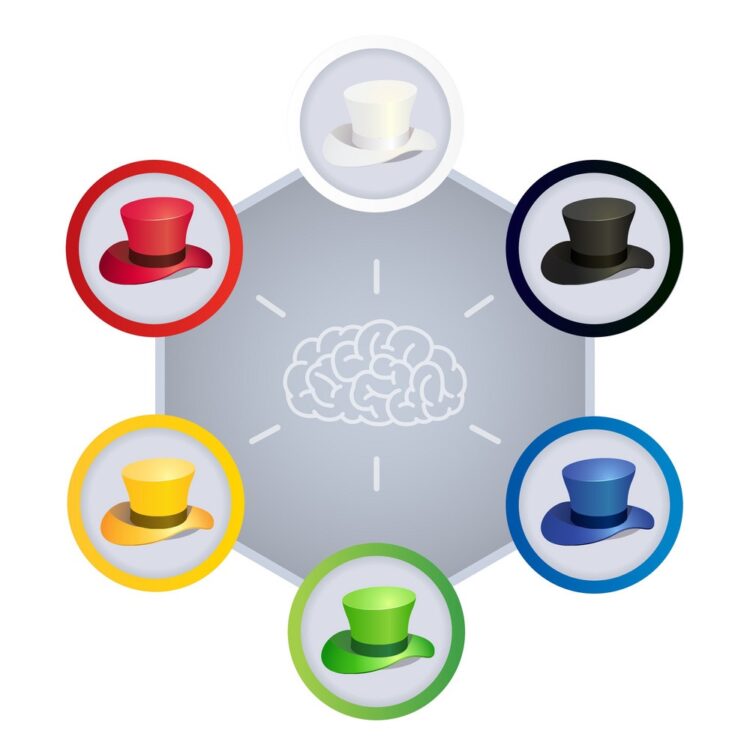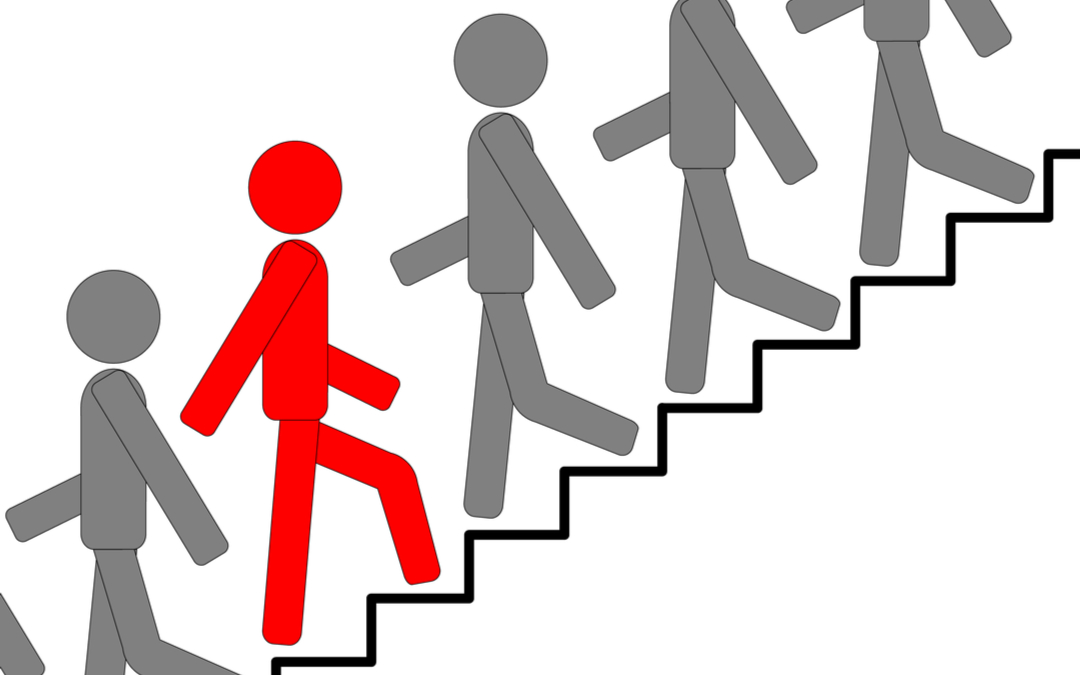Creative thinking has always been one of the main aspects in the successful implementation of any business strategy. In the prospect of business growth and development, it is necessary to establish an effective decision-making approach, which will help to outline the company’s strengths and decrease the negative impact of weaknesses. The Six Thinking Hats technique is a framework for thinking and decision making introduced by a famous expert in the sphere of creative thinking, invented in the early 1980s – Dr. Edward de Bono, and is licensed by Advanced Practical Thinking (APTT), of Des Moines, Iowa. Organizations such as Prudential Insurance, IBM, Federal Express, British Airways, Polaroid, Pepsico, DuPont, and Nippon Telephone and Telegraph use the Six Thinking Hats method. The six different hats represent six different modes of thinking. This technique was introduced in order to help in the process of solving problems. The method promotes fuller input from Continue reading
Strategic Management Tools
Exploring the Concept of Sustainable Strategic Fit
Sustainable strategic fit is a concept that refers to the alignment between a company’s business strategy and its sustainable practices. In today’s business landscape, sustainability is increasingly becoming a critical factor for companies to remain competitive and relevant in the long-term. Sustainable strategic fit helps companies achieve their sustainability goals while also driving business value. To understand sustainable strategic fit, it is important to first define what is meant by sustainability in business. Sustainability refers to the ability of a company to operate in a way that meets the needs of the present without compromising the ability of future generations to meet their own needs. This includes environmental, social, and economic considerations. Businesses can achieve sustainability through various practices, such as reducing waste and emissions, sourcing materials sustainably, supporting local communities, and promoting diversity and inclusion. However, achieving sustainability is not enough on its own. Companies must also ensure that Continue reading
Resource Based View (RBV) and Sustainable Competitive Advantage
Resource based view (RBV) focuses on the internal factors that contribute to a firm’s growth and performance. It highlights the importance of firm’s resources and capabilities. Both of them will together form a competency that can create a competitive advantage. Resources can also be divided into tangible resources and intangible resources. Capabilities of the firm in utilizing the resources have a big impact on how a firm will be able to stand out among other competitors. Competitive advantage arises when a firm has a lower cost structure, products differentiation and niche markets. RBV also concerns in value creation in order to compete with others. On the other hand, in order to survive in this competitive world, a firm needs to fully prepare itself to achieve sustainable competitive advantage (SCA), which means having a superior performance in a longer term compared to other rivals. According to Jay Barney (1991), resources need Continue reading
What is Strategic Innovation?
Innovative thinking can be applied to the strategic planning of an organization to create new opportunities and boost market performance. Strategic Innovation is the creation of growth strategies, new product categories, services, or business models that change the market and generate significant new value for consumers, customers, and the organization. Strategic Innovation takes the road less traveled – it challenges an organization to look beyond its established business boundaries and to create possibilities in an open-minded and creative environment. It has been seen that focusing on the short-term aspects typically yields short-term results, however, firms seeking to make significant breakthroughs identify both, big and innovative ideas. Strategic Innovation calls for a holistic approach that operates on multiple levels. First, it blends non-traditional and traditional approaches to business strategy, deploying the practices of “Industry Foresight”, “Consumer/Customer Insight” and “Strategic Alignment” as a foundation, and supplementing them with more conventional approaches and Continue reading
Strategic Marketing Tools – Ansoff Matrix and BCG Matrix
Ansoff Product-Market Expansion Grid A useful planning tool in respect of markets and products is the matrix developed by Igor Ansoff, who is regarded by some as the ‘Father of Strategic Management’. Fully titled the Ansoff Product-Market Growth Matrix, the tool was first published in Harvard Business Review, 1957, in Ansoff’s paper Strategies for Diversification. The Ansoff Product-Market Expansion Grid or Ansoff Matrix helps to understand and assess marketing or business development strategy. Any business or part of a business can choose which strategy to employ, or which mix of strategic options to use. This is a fundamentally simple and effective way of looking at strategic development options. Each of these strategic options holds different opportunities and downsides for different organizations, so what is right for one business won’t necessarily be right for another. Think about what option offers the best potential for your own business and market. Think about Continue reading
Reducing Resistance to Organizational Transformations
Every organization goes through a period of change and development at one time or another whether these be big organization mergers, such as companies being bought out such as when Coca-Cola bought Costa coffee for 3.9 billion pounds, or small changes such as an alteration to a software a company uses or the development and implementation of autonomous machinery that helps create an increase in productivity. It has long been argued that companies should apply a participative dialogical approach to manage these changes to help prevent resistance to these changes. However, there is the possibility that this will be resisted due to psychological reasons or self-interest. This essay aims to find out if psychological reasons or self-interest make it impossible to have a truly open and participative approach to organizational development? While looking at how leadership plays in to preparing and guiding through an organizational development. Despite probable positive results, Continue reading




